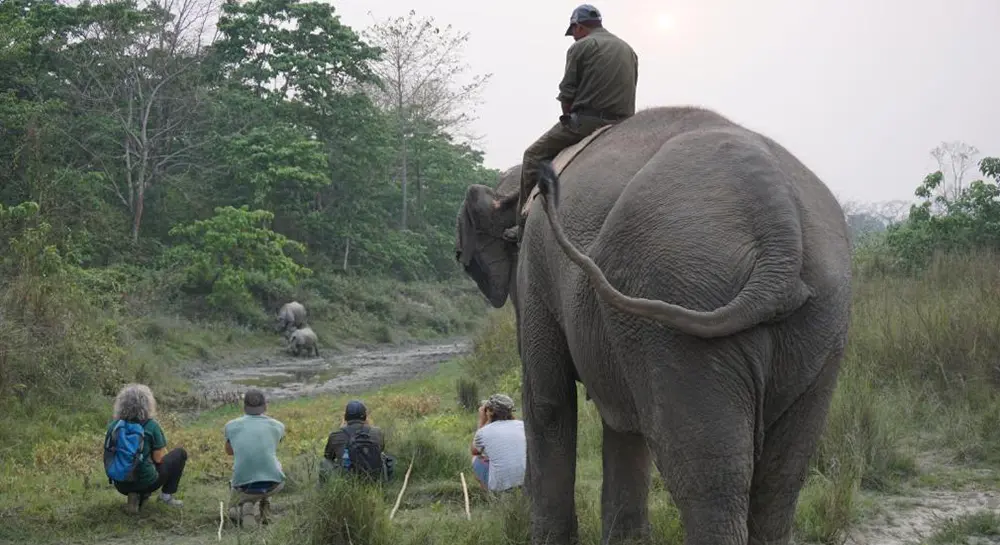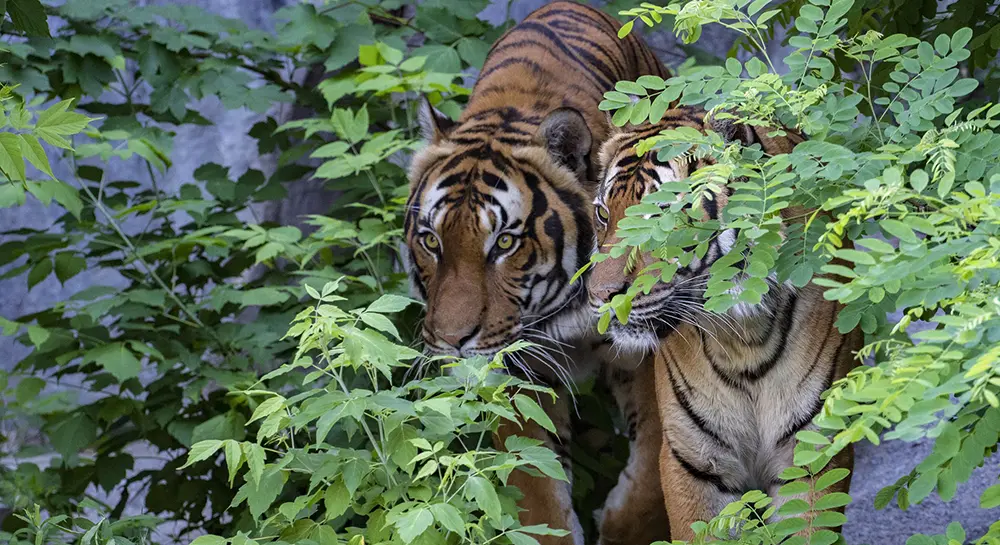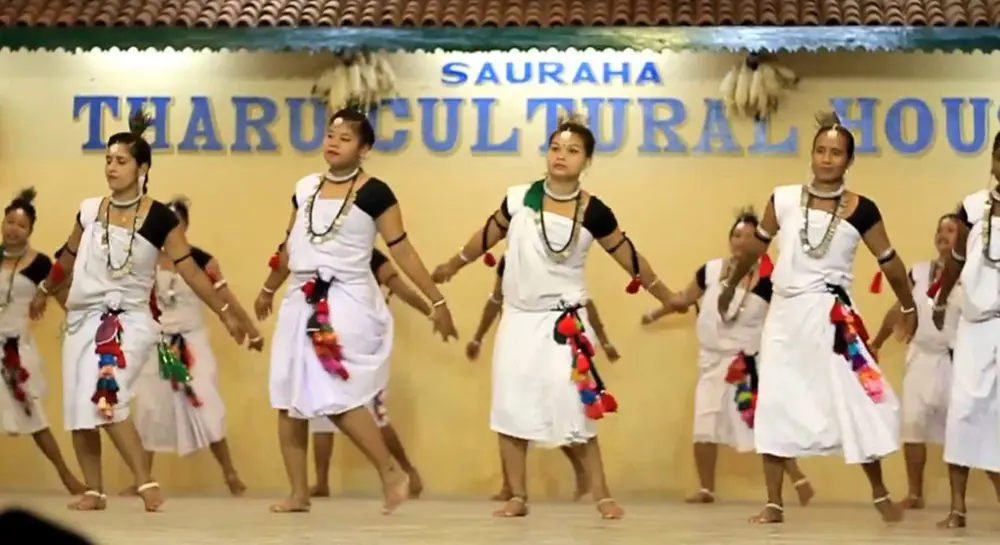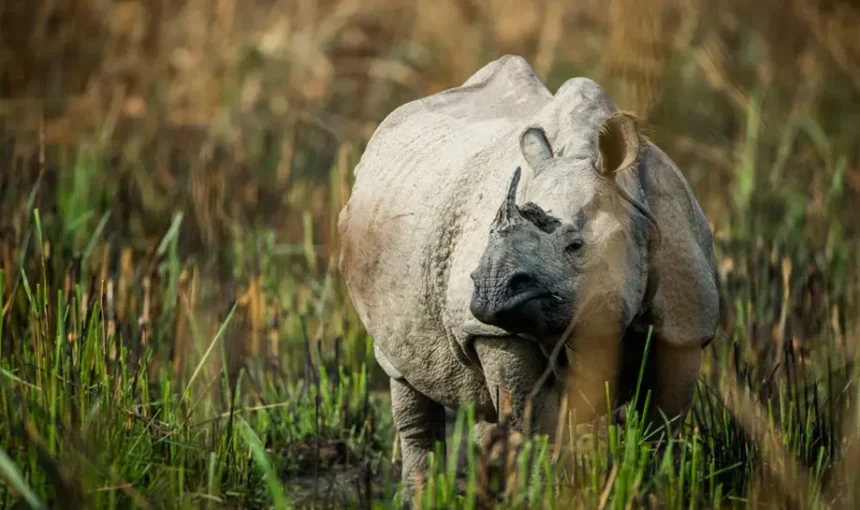Table of Contents
Visit Chitwan National Park, one of Nepal’s oldest wildlife centres and a UNESCO World Heritage Site. The park is renowned for its biodiversity and safari operations. Situated in a vast area of forests and swamps, the park provides shelter to critically endangered species, like the rhinoceros, the Bengal tiger, and the Asian elephant; it is also home to more than 500 species of birds. The best time to visit Chitwan National Park can help you in the planning stage of your wildlife tour or adventure in the wild.
The timing of your Chitwan wildlife tour is important because it not only affects the wildlife sightings but also influences your comfort during various safari activities. Seasonal variations, such as winter, summer, and monsoon, significantly alter the park’s atmosphere and sometimes influence wildlife behaviour. It is important to select the best time to escape from the extreme weather of the Chitwan National Park and enjoy a good time at jeep safaris, elephant rides, bird watching, and canoe trips.
Consulting a guide on jungle safaris in Chitwan offers information about the best months to visit Chitwan National Park, when wildlife is active and pleasant weather is present. If this sounds good and you want to soak yourself in the richness of Tharu culture during your jungle adventure or prefer quieter times with fewer tourists, selecting the optimal time is key.

Seasons In Chitwan National Park
Chitwan National Park has three seasons that greatly influence the wildlife activity, weather conditions, and overall experience of visitors. Understanding these seasons is crucial when planning your Chitwan National Park tour or searching for the best time to visit the park.
Winter Season (October to February)
During the winter season, Chitwan has cool and dry weather with temperatures. This is regarded as the best season to visit Chitwan National Park because of its many advantages. Wildlife is more active as animals come out to find water and food, so it’s the perfect time to catch a rare species like the Bengal tiger and one-horned rhinoceros. The pleasant temperatures permit comfortable engagement in jeep safaris, elephant rides, and other outdoor activities without the hindrance of excessive heat.
The clear skies and low humidity also make it a great condition for photography, and both nature enthusiasts and professionals descend to the region to photograph the unique beauty of the surrounding area. For these reasons, winter is the peak tourism season in Chitwan; therefore, you can expect more visitors during these months.
Summer Season (March to May)
Summer in Chitwan is hot and humid, with the day temperature frequently going above. The midday hours may not be the best time for sightings as animals seek cover from the heat; however, early and late afternoon safaris can yield excellent sightings. Compared to winter, the summer season offers fewer tourists, resulting in a more peaceful and private experience. Furthermore, the landscape becomes greener as the pre-monsoon showers begin. However, the high temperatures can be tough, especially for midday activities, so it’s best to plan safaris early in the day to avoid the heat.

Monsoon Season (June to September)
The monsoon season sees heavy rain and high humidity in Chitwan and can often cause some of the safari trails to become muddy or inaccessible. While this can serve as a restriction to jeep safaris and elephant rides, the rain makes the park look like a green carpet filled with fresh greenery. Dense vegetation and wetter conditions affect animal behaviour, leading to a decrease in their visibility.
However, for birdwatchers and nature enthusiasts, the monsoon season brings a remarkable experience and appreciation of this colourful ecosystem. One of the biggest benefits of travelling during this period is that there are significantly fewer tourists, which provides solitude for those who prefer an off-peak adventure. The main drawbacks are the bad terrain and the potential disruption of safari activities because of weather conditions.
When you are planning your trip to Chitwan National Park, there are certain things that you should take into account beyond the seasons so that you will get the most out of your visit. These range from local festivals and the impact of weather on safari activities to sensible booking tips based on the time of year.
Experience Chitwan: Culture, Seasons & Jungle Safaris
Chitwan is the place of colourful Tharu cultural festivals celebrated throughout the year. Traditional festivals, such as Maghe Sankranti and the Tharu festival, provide visitors with an opportunity to experience traditional music, dance, and local cuisine. Additionally, visiting during these festivals can provide an enriched cultural aspect to your wildlife adventure.

The best season weather for a Chitwan trip also plays a key role in the availability and enjoyment of popular activities such as jeep safaris, elephant rides, and canoeing. Jeeps are available for the winter and summer seasons, and they are the most comfortable way and of exploring the park’s vast landscape. Heavy monsoon rains can restrict elephant rides, which offer another vantage point on the jungle. Canoe trips on the Rapti River are particularly enjoyable during the dry season when water levels are perfect and can be interrupted during the monsoon when the water and the current are high.
We highly recommend making your Chitwan safari tour bookings well in advance, especially during peak seasons such as winter. Bookings made early allow for preferential accommodation and safari bookings. Off-season monsoon trips have so far been less popular due to weather-related uncertainty; however, they have more flexible booking periods and often lower prices.
By attending local festivals, staying mindful of the seasonal weather’s impact on activities, and scheduling your bookings accordingly, you can ensure a well-rounded and hassle-free Chitwan National Park tour that caters to your preferences.
Final thoughts
Chitwan National Park offers the most favourable time to visit the park to see the best wildlife and enjoy a comfortable visit during the winter (October to February) when the animals are on the move and the weather is pleasant. The summertime (March-May) is a hotter season, but it is also a less busy one with more beautiful green landscapes.
The monsoon (June to September) is an off-peak travel period; prepare for rain and expect fewer safari options. you have the option to choose the most comfortable and affordable one that fits your group. So when you are considering visiting the popular wildlife park of Nepal, the Chitwan safari tour, then keeping these things in mind will help you in ensuring that the tour is enjoyable and memorable.

